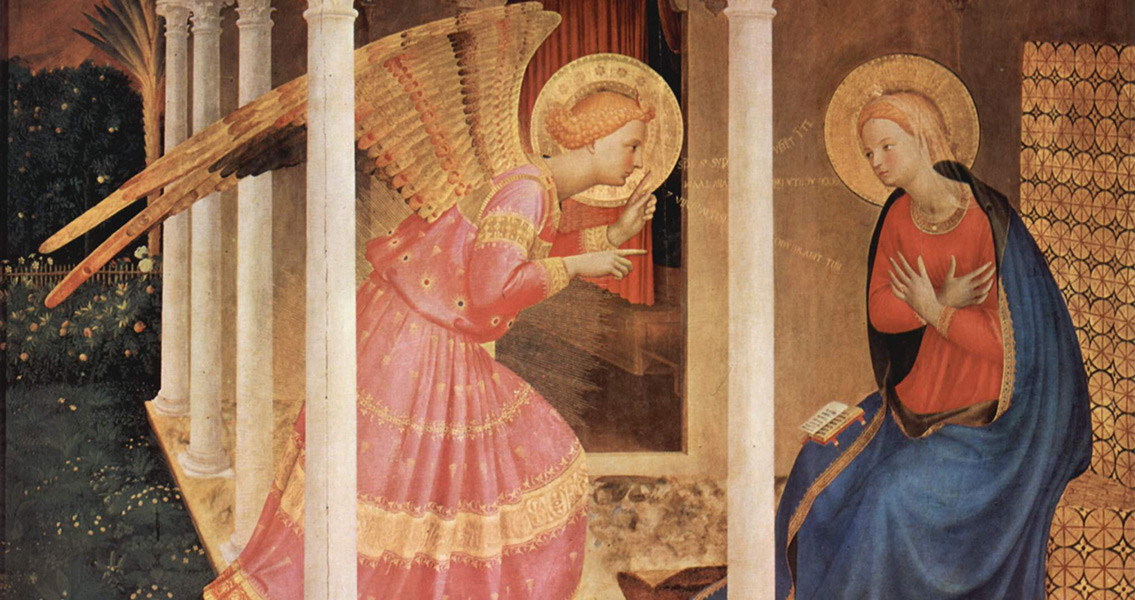<![CDATA[A previously unknown Gospel has been found, hidden away in a tiny, sixth-century book. The text has been dubbed the 'Gospel of the Lots of Mary' and is written in Coptic, an Egyptian adaptation of the Greek alphabet. It may be that the book was used to provide guidance for people seeking help for problems they were encountering in their lives. Anne Marie Luijendijk, professor at Princeton University, discovered the gospel when deciphering the unassuming book. "When I began deciphering the manuscript and encountered the word 'gospel' in the opening line, I expected to read a narrative about the life and death of Jesus," Luijendijk wrote in her recently published book. Instead, she found a series of 37 oracles of which only a few mentioned Jesus. In the ancient world, a 'lot book' was used to try to predict a person's future or offer advice. Someone seeking an answer to a specific question could have sought a solution in a lot book. Alternatively, the book could have been opened at random to get advice or predictions. Sortilege, the practice of using lots to obtain an answer, was common in antiquity. It was applied in decision-making at all levels of society. Luijendijk says that the 'Gospel of the Lots of Mary' is the only lot book which calls itself a 'gospel' - literally 'good news'. "The fact that this book is called [a gospel] is very significant," Luijendijk said in an interview with Live Science. "To me, it also really indicated that it had something to do [with] how people would consult it and also about being [seen] as good news. Nobody who wants to know the future wants to hear bad news in a sense." In a traditional sense, the text is not a gospel as it does not predominantly teach about Christ. The use of the word "gospel" in the Gospel of the Lots of Mary could show that people had a different perspective on what the word meant. "The fact that this is not a gospel in the traditional sense gives ample reason to inquire about the reception and use of the term 'gospel' in Late Antiquity," Luijendijk wrote. Possibly, the book was used at the Shrine of Saint Colluthus in Egypt, a major site of Christian pilgrimage. At the shrine, archaeologists have previously found texts with written questions, implying the site was used for divination. "Among the services offered to visitors of the shrine were both book and ticket divination," Luijendijk wrote. Of particular interest is that book is very small, measuring less than 3 inches high and 2.7 inches wide. You can tell a surprising amount simply from the size of a codex. As it is so small, the book would have been relatively cheap to produce, indicating that the Gospel of the Lots of Mary was a utilitarian text, rather than a decorative item like a modern coffee-table book. It was also heavily used, with ancient thumbprints visible in the margins. Luijendijk's work contributes a huge amount to discussions of religion and magic in early Christian communities. It is also important to note that words, such as 'Gospel', which are used in a very specific way in modern language, could have had a wildly different meaning for past societies. For more information: ]]>
Ancient Gospel Containing Divine Advice Translated
